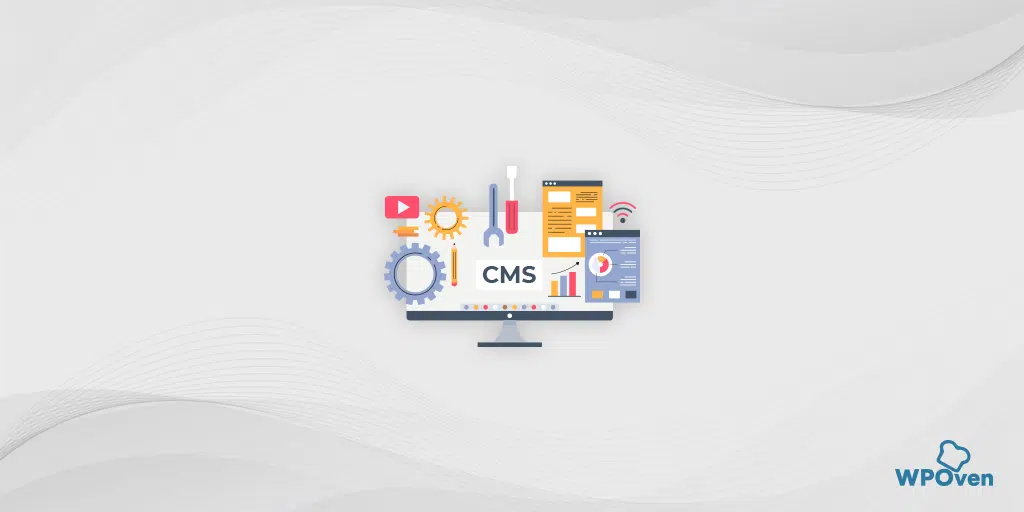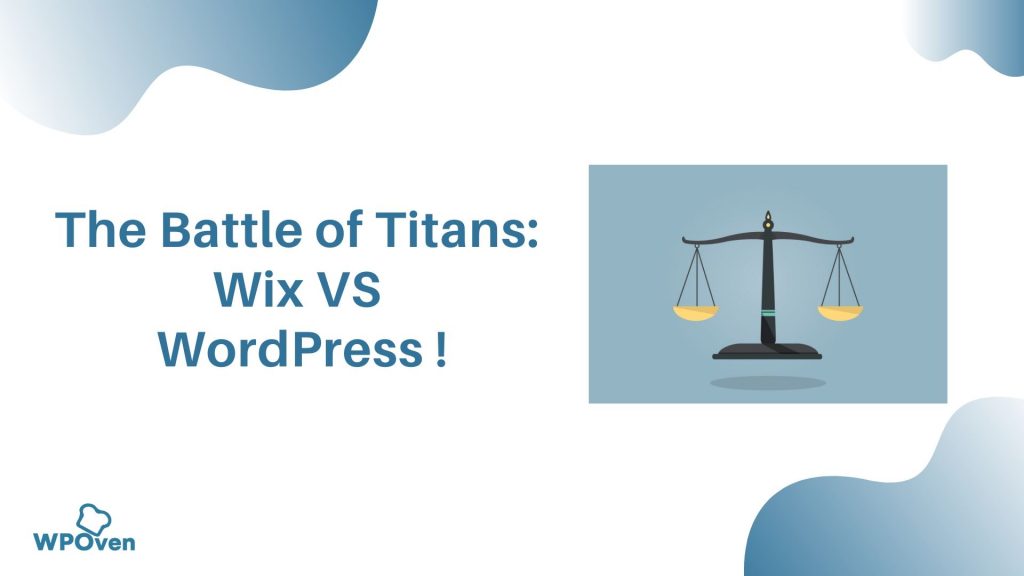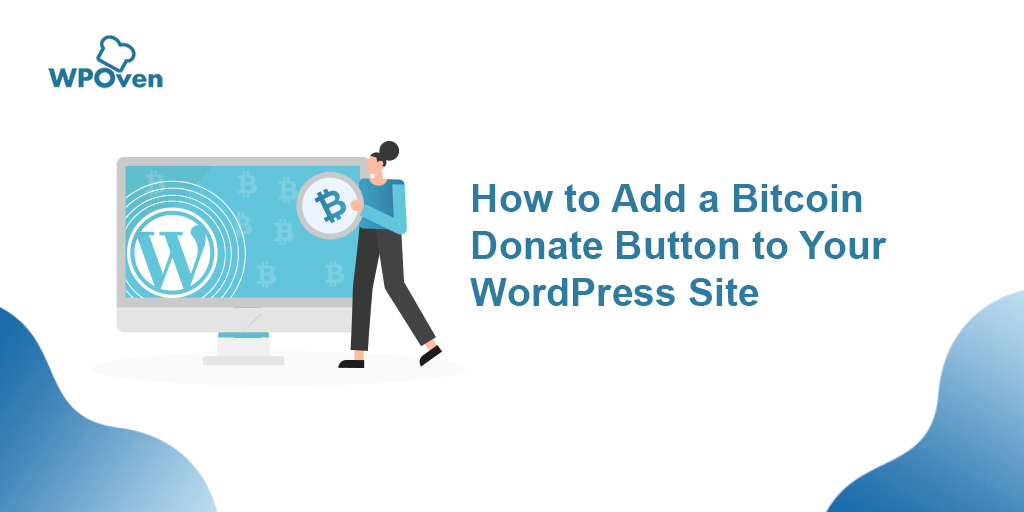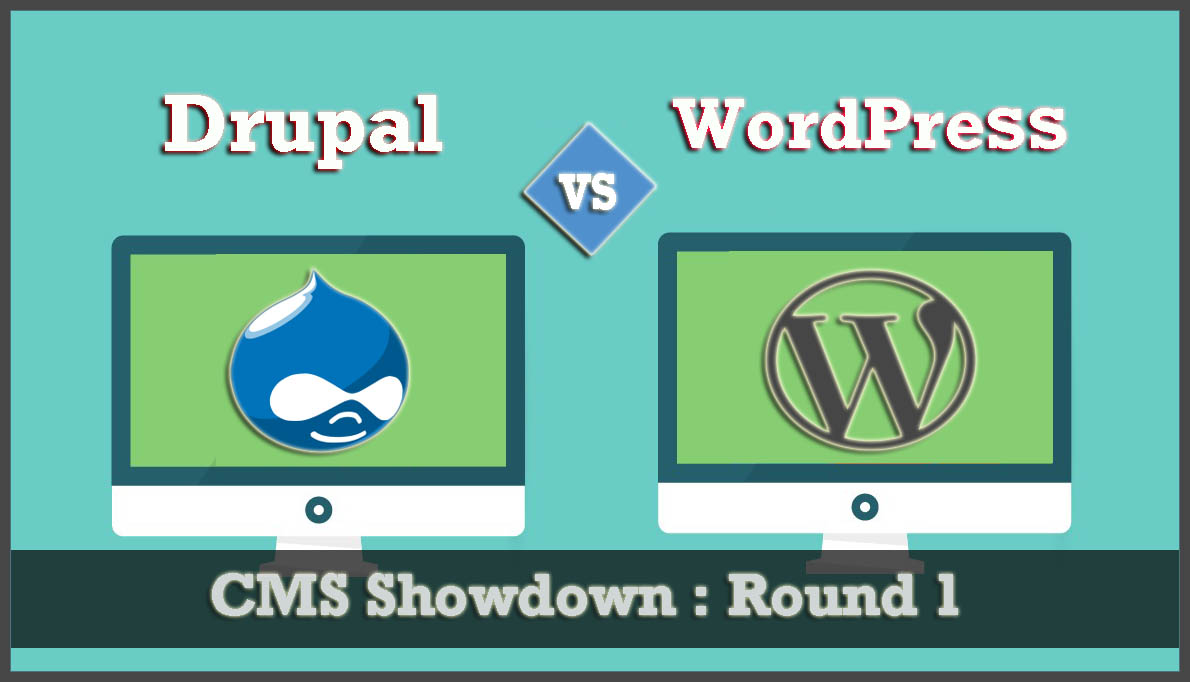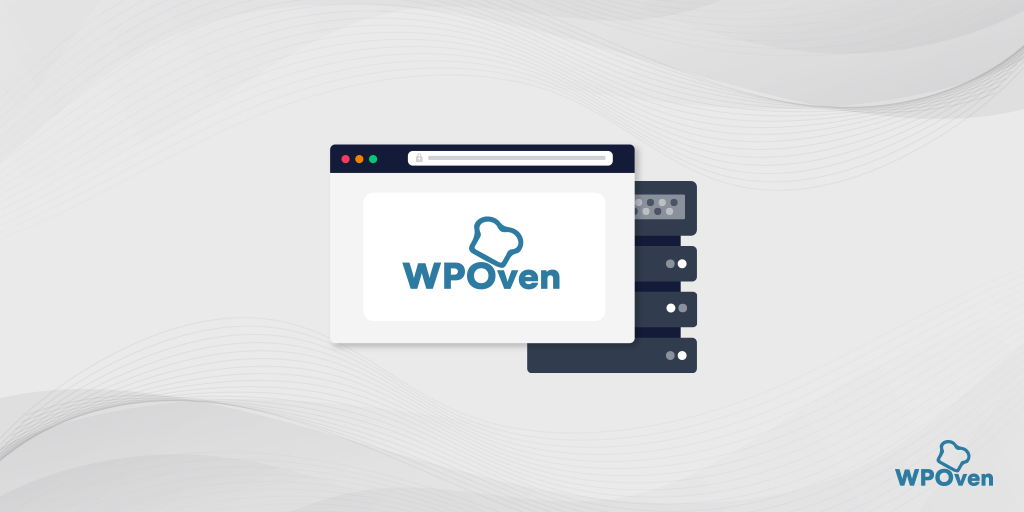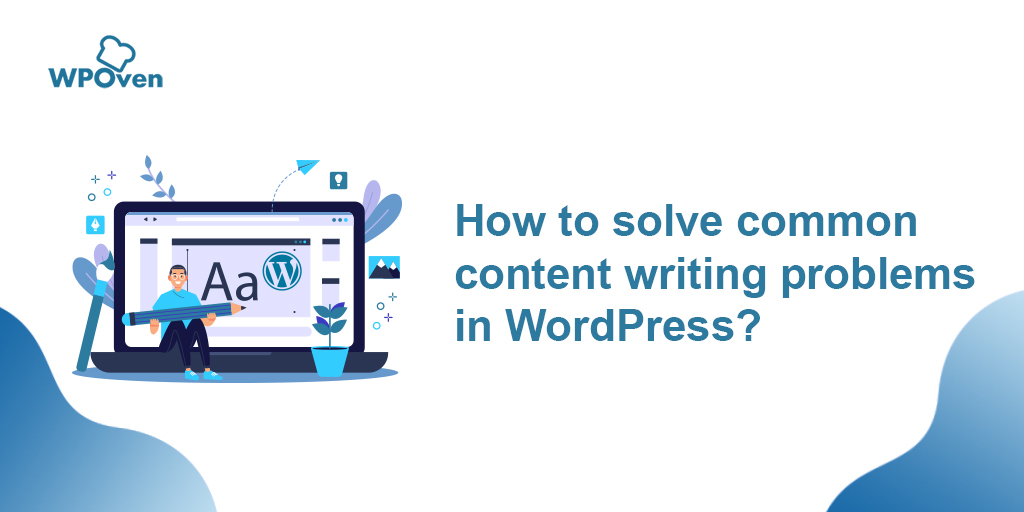In this very demanding and fast-paced world, everyone wants to stay ahead of their competition; for that, every business is trying to establish an online presence. However, the problem is that not everyone has the complete resources and technical skills to create a website or page online.
To fill this gap, CMS (Content Management System) has been introduced to help many individuals and businesses.
Let’s dive in to learn more!
What is a Content Management System?
A Content Management System or CMS is a software application through which users can easily manage, create, edit, publish, and store digital content on the website without any prior technical expertise.
In simple language, CMS is a tool that allows you to manage and create a website without any hassle of coding it from scratch.
How does a Content Management System Work?
As we have already mentioned in the definition part a CMS allows you to create, edit, and publish website content without needing to write code.
It has two main parts or it is made up of two components:
1. The CMA or Content Management Application is a user-friendly interface where you can design, modify, create, and delete website content without any required HTML knowledge.
2. The CDA or Content Delivery Application is the other part of CMS that is responsible for handling the backend functions such as storing and delivering the content you create in the CMA.
To better understand this concept, let us consider a very popular CMS, WordPress. Suppose you are going to write content, but without a Content Management System, you would have to write in HTML format and upload it to the server. This sounds quite technical and complex, especially for beginners.
However, with the help of a content management system like WordPress, you will be provided with an editing interface that is somewhat similar to Microsoft Office or Google Docs. It not only looks very clean and intuitive but also makes it easy to write content without any prior knowledge of HTML.

Similarly, when you need to upload media to your content, instead of directly interacting with the server, WordPress’s interface allows you to browse and upload media files directly.
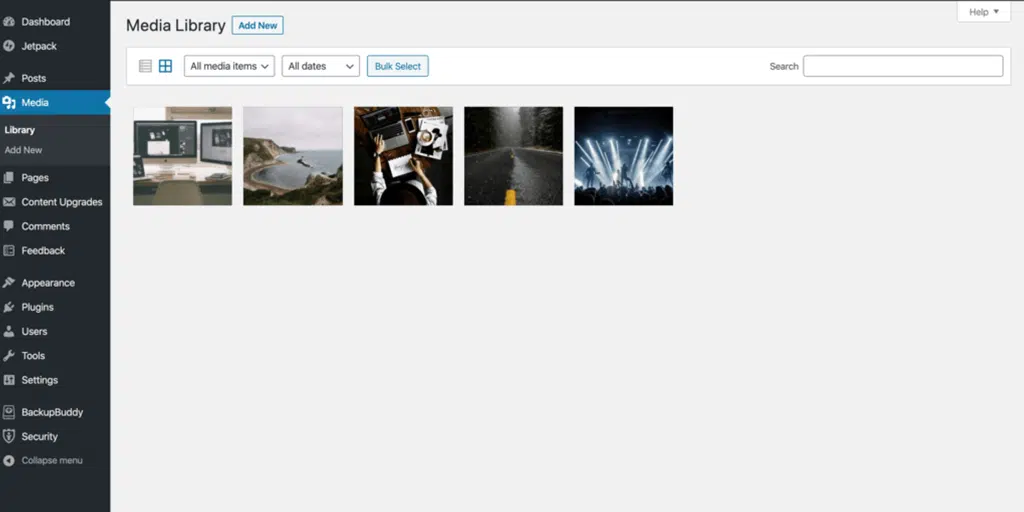
The best thing about the WordPress Content Management System is that it is not just a backend process; it allows you to see things exactly as they appear after publishing the content.
What are the different types of Content Management Systems?
Content Management Systems (CMS) come in various types, each designed to meet different needs. Here are the main types of CMS:
- Traditional CMS (Coupled CMS): These CMS are popular and widely used for content creation and management with the delivery of content directly through the website.
- Examples: WordPress, Joomla, Drupal
- Headless CMS: A headless CMS is a decoupled system in which the content management backend is disintegrated from the front-end delivery. This type of CMS gives freedom to developers to use any of the front-end technology to present content, which makes it highly flexible, secure, and adaptable to different platforms.
- Examples: Strapi, Contentful, Sanity, Headless WordPress
- Decoupled CMS: This particular Type of Content Management System is exactly like headless CMS but it includes a built-in front-end delivery layer. It allows content to be managed separately from the presentation but provides more tools and capabilities for front-end delivery than headless CMS.
- Examples: Contentstack, Kentico kontent
- Enterprise CMS: Big organizations or businesses require specially designed CMs offering robust features, scalability, and integration with other enterprise systems. Generally, comprises advanced features and functionalities like analytics, multi-channel support, etc.
- Examples: Sitecore, Adobe Experience Manager, Episerver
- E-commerce CMS: These CMSs are specially designed for creating and managing online stores. They offer features like product management, payment processing, and order tracking.
- Examples: Magento, Shopify, WooCommerce (a plugin for WordPress)
- Component CMS: These systems manage content at a granular level, allowing content to be reused across different parts of the site and various platforms. They focus on managing individual content components rather than whole pages.
- Examples: Plone, dotCMS
- Static Site Generators (SSG): These tools generate static HTML pages from templates and content files. They are often used for websites where content changes infrequently and where performance and security are priorities.
- Examples: Jekyll, Hugo, Gatsby
- Document Management System (DMS): These systems focus on managing documents and files rather than web content. They offer features like version control, collaboration tools, and access control.
- Examples: SharePoint, Alfresco
Some Core Features of Content Management System
Some features of CMS or Content Management System can vary from different providers but core features remain the same such as:
1. User Management
- Different User Roles: You can assign different user roles and give permissions based on their responsibilities. You will have control over what users can see and do with the content including documents, sites, and templates.
2. Digital Content Management :
- Centralized Content Hub: Store all digital data like files, images, and videos in one place.
- Organizing and Rules: Organize assets into repositories and collections, and set rules for how content is used.
- Custom Attributes: Define specific information required for different types of digital assets.
- Store and Manage Content in the Cloud: All the Digital assets are stored in the cloud making it easily accessible from anywhere with any device such as a laptop, smartphone, or tablet. It allows you to perform various operations like copying, editing, moving, or deleting files as you would on a local system,i.e. Personal computer.
3. Content Collaboration:
- Sharing and Access: Due to Digital content management on the cloud it has become easy for users to share content with others inside and outside your organization. Plus, you can even monitor how and when the assets are accessed.
4. Website Building
- Quick Development and Deployment: You can easily and quickly build and publish websites with integrated tools without any prior knowledge of coding. Thanks to various plugins, drag-drop tools, and ready-made templates that allow you to create a fully functional website in no time. Even if you like to customize the website, developers are free to create custom designs for unique online experiences.
5. Essential Functions
- Indexing, Search, and Retrieval: CMS like WordPress helps you to Index all data for easy search and access by attributes like publication dates, keywords, or author.
- Files Format Management: Some CMS also allow you to convert scanned paper documents and legacy electronic documents into formats like HTML or PDF.
- Revision Control: You can even check the number of revisions or edits made on the content after final publication. It helps in tracking and undoing changes that occur in errors.
7. Additional Features
Some CMS also provide various tools for personalization for each user. This means it will show content and ads based on what the user intends to search for.
For example, suppose a user is looking for the Best-managed WordPress hosting on a search engine like Google. The website will show content related to managed WordPress hosting, and the ad banners will also display ads related to managed WordPress hosting rather than businesses that sell smartphones.
Also for better Search Engine Optimization, some CMS provide features such as:
- Allows you to design and structure SEO-friendly URLs.
- Intuitive and Feature-rich Admin Panel
- Security Features
- Audit and Error Logs for tracking purposes.
- File Manager
Why do you need to use CMS? (Advantages of Content Management System)
There are several advantages of using content management systems that answer your question about why you need to use them. They are:
1. Easy-to-use and User-Friendly Interface
Since a CMS provides you with a graphical user interface in which no technical knowledge is required to manage the content. You are not required to learn HTML or CSS to build a website or create content. Anyone, with basic knowledge can create and publish content directly using the content editor tool provided.
2. Low Cost
Many Content Management Platforms are open source or require very minimal Fee. Since they do not require pro-level IT skills to implement, hence significantly lower the cost of website creation and deployment.
3. Easy and Regular Updates
Even updating CMS is quite easy and it can done with just a few clicks. The development teams regularly push the Updates from time to time ensuring the CMS is bug-free, risk-free, and up to date with the latest features.
4. Inbuilt Seach Functionality
CMS generally includes built-in search functionality, just exactly works like Google which allows users to quickly find the information or items by simply entering the search terms. You can search content, tools, or images deployed in the CMS.
5. Easy Collaboration with Teams
It makes workflow seamless and easy, thanks to easy collaboration with teams. You can easily manage them and assign different tasks according to their roles to keep everything structured, whether it is contributing to publishing content, editing, removing, scheduling content, or website designing.
Browser-based CMSs allow teammates in different locations to collaborate on projects using the same system and the latest version of content.
6. Easy to Access from Anywhere
Since CMS are cloud-based application, it allows users to access content from anywhere to any device connected to the internet. You can manage and update content in real time without needing a developer allowing for immediate content changes.
7. Scalability
The best thing about CMS is it offers scalability means you can easily add new web pages or blogs as the business grows without any developer’s assistance.
8. SEO-friendly and Optimization tools
Content Management Platforms generally come up with plugins and tools that help you to optimize content as per search engine rules. These SEO tools help in improving a website’s search engine ranking by allowing users to add basic search engine rules such as meta description, H1 and title tags, and alt tags without the need for any coding skills.
Some best examples of Widely used and Popular CMS
No matter how many times we mention it, WordPress is certainly one of the most popular Content Management Systems with a market share of over 62.7% among other CMS.
But you should not get confused between WordPress.com and WordPress.org. Here we mean WordPress.org which is an organization that provides open-source WordPress software.
Apart from there, there are also other popular CMS available in the market:
- Squarespace
- Drupal
- Wix
- Magento
- Joomla
Which is the best CMS platform?
Since there are plenty of CMS platforms available and new ones are being introduced from time to time, it has become generally difficult for users to decide which CMS platform is best for them.
When you look at the numbers and market share, it suggests that WordPress has a huge share in the content management system market.
However, while it might be a versatile and intuitive solution for many individuals, it may not always be the best option. Some might find it limited and not the best choice.
Therefore, for a better understanding and deeper comparison of some popular content management systems, check out our posts on the topic below:
- Wix vs Squarespace vs WordPress: 8 Best Points to Compare
- Comparing Wix vs WordPress: 11 Main differences to consider
- CMS Showdown: Squarespace vs. WordPress
How to Create a Website Using CMS?
With the introduction of CMS, it has become easy for anyone to build a website without any coding skills or developer assistance. If you also want to create a website using a content management system, just follow these simple steps below:
- Choose a reliable and affordable web host.
- Register a domain name.
- Download and install your preferred content management system on the server.
- Configure the CMS settings according to how you would like your website.
- Start writing content using the CMS editing tools and publish it.
This is straightforward, and web hosts like WPOven make it even easier by providing a completely managed web hosting solution. This includes pre-installed WordPress, the fastest servers, enterprise-level security, unlimited staging and site hosting, etc. so you can focus on building and growing your website with peace of mind, leaving the rest to us.
When you look at the possibilities of the types of websites you can build, the options are endless. Especially with WordPress, its flexibility and versatility make it the ultimate Content Management System, allowing you to build websites like:
- Simple blogging sites
- Ecommerce websites
- Social Networking Sites
- News websites
- Portfolios, etc.
So if you are looking to install a Content Management System like WordPress on your web Server? Let WPOven handle this for you.

Rahul Kumar is a web enthusiast, and content strategist specializing in WordPress & web hosting. With years of experience and a commitment to staying up-to-date with industry trends, he creates effective online strategies that drive traffic, boosts engagement, and increase conversions. Rahul’s attention to detail and ability to craft compelling content makes him a valuable asset to any brand looking to improve its online presence.

